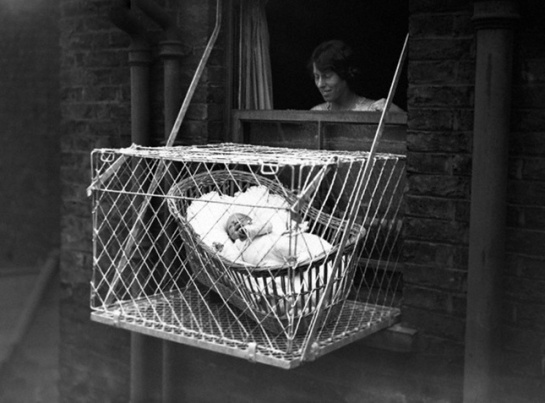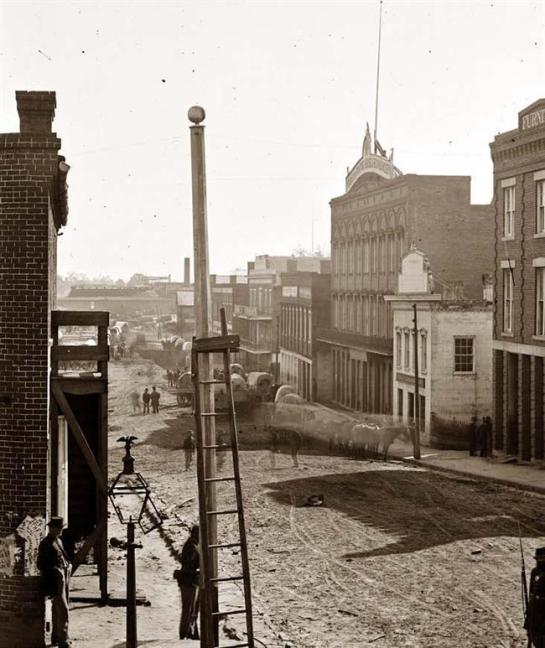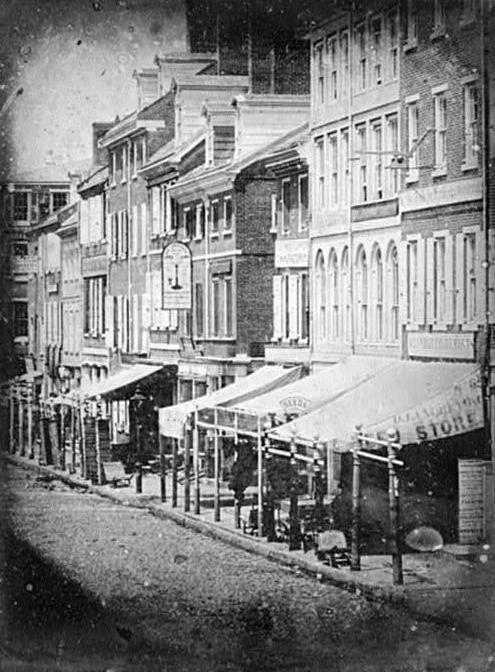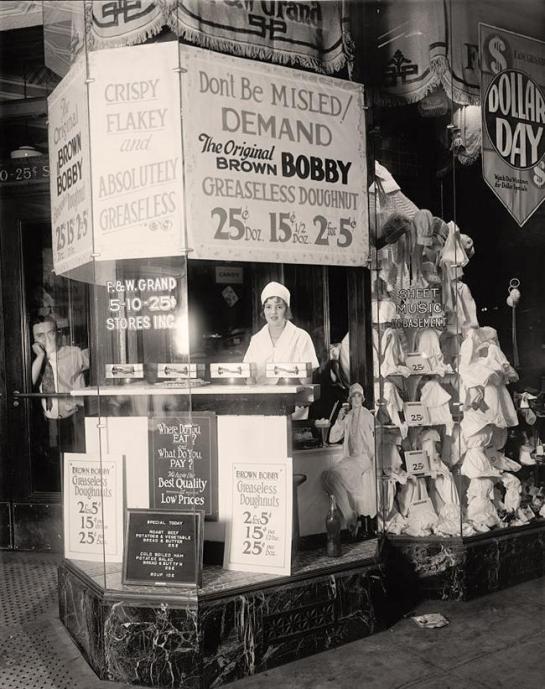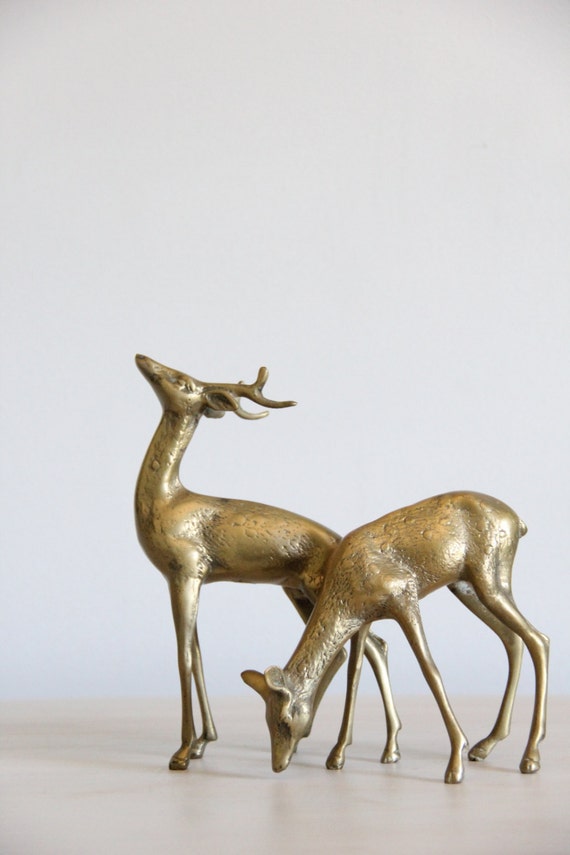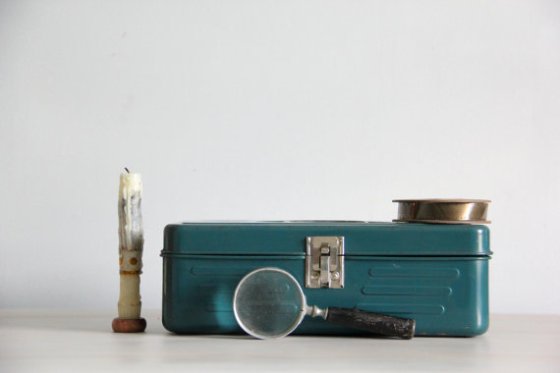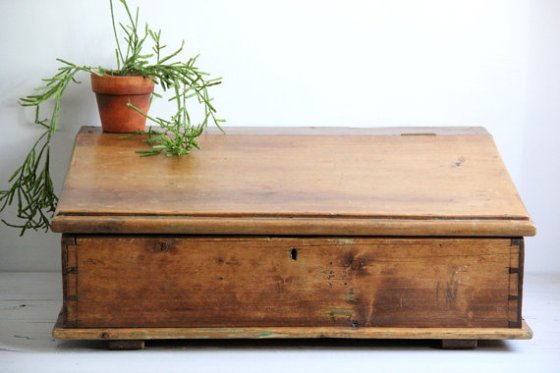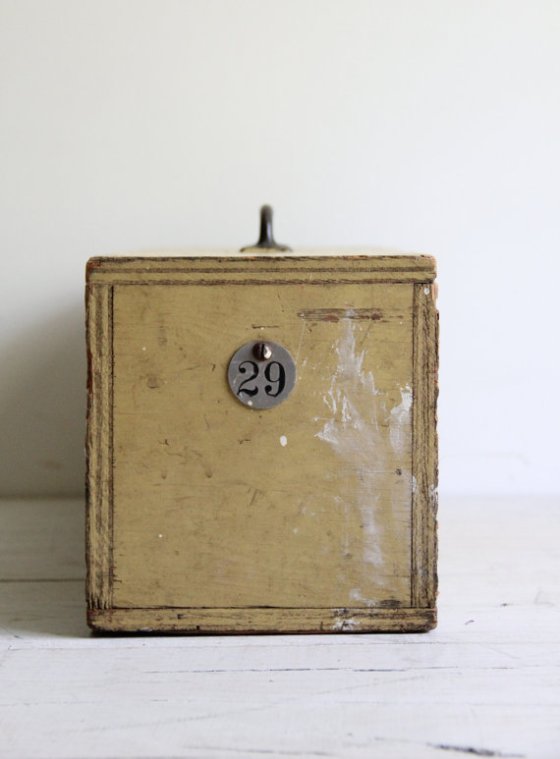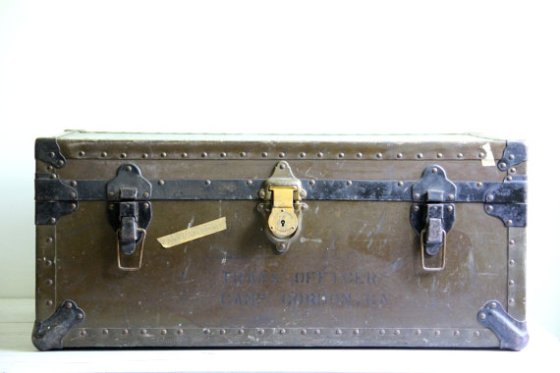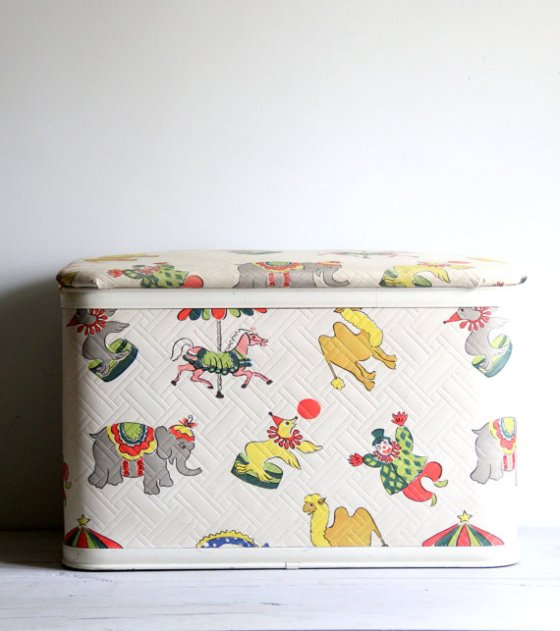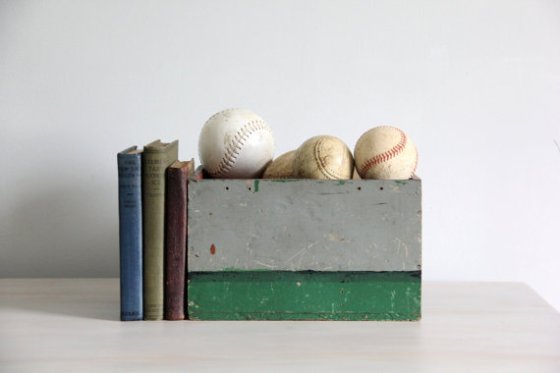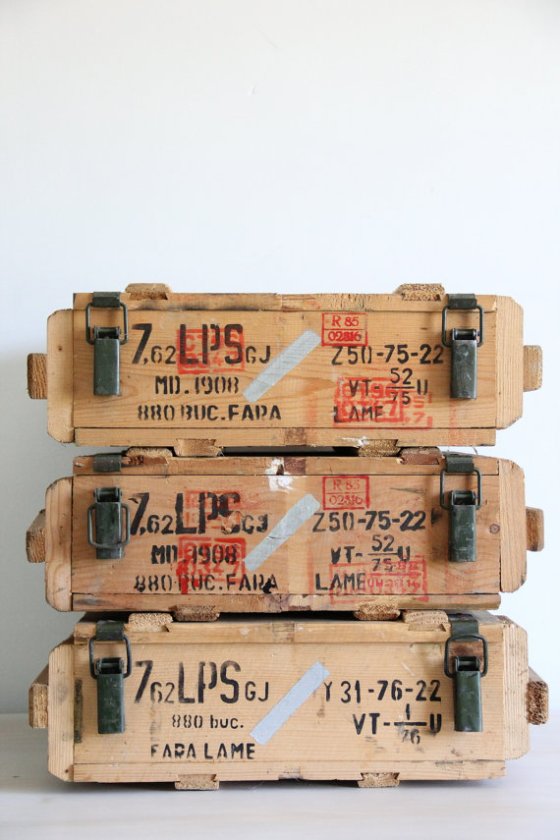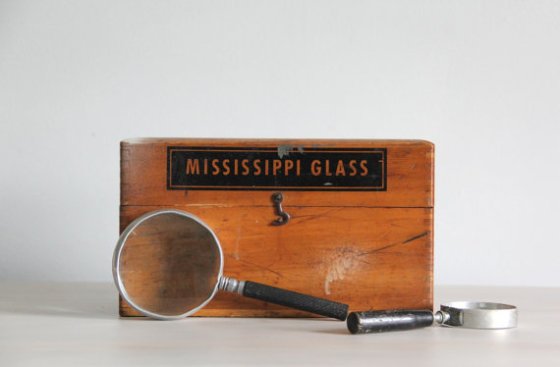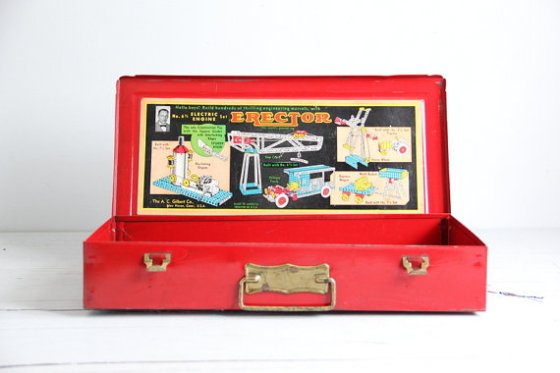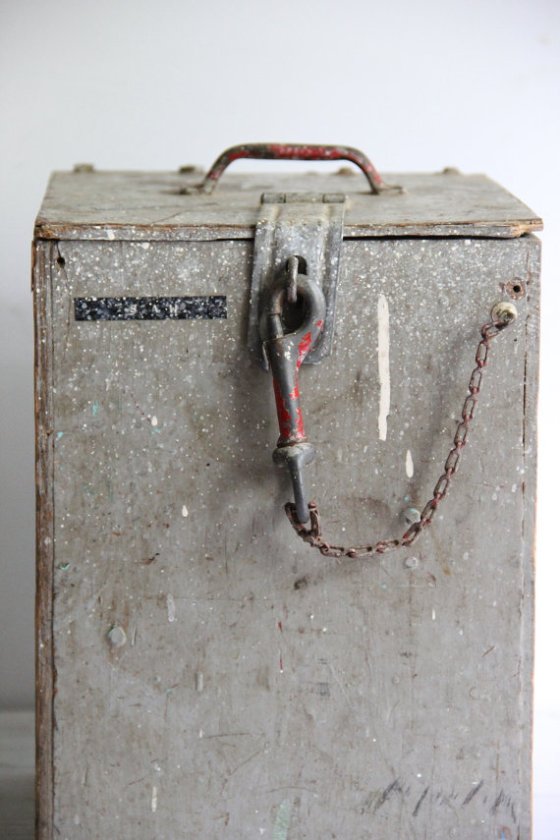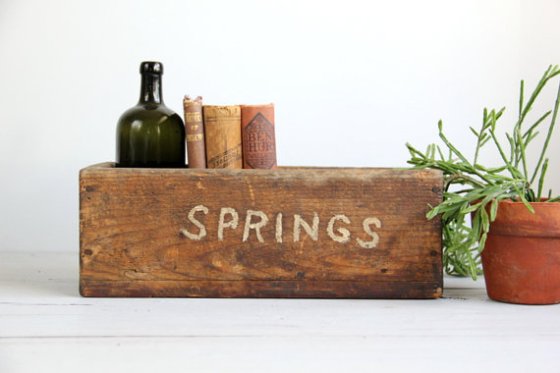I could never use this, but it does make for an interesting post!
In the 1930s, London nannies lacking space for their young ones resorted to the baby cage. It’s exactly what it sounds like: a wire contraption, patented in the U.S. in 1922, that lets you claim that space outside your city window for your infant. Risky? Maybe, but so convenient.
It seems that this historical oddity is one that constantly comes in and out of the media and causes incredible public shock and outrage every time. It is amazing how attitudes change, so that something invented in the 1920s to do nothing but good now leaves us struggling to believe it ever happened.

In 1923 Emma Read patented the Portable Baby Cage. It was designed to solve the problem of large high rises in urban areas which left families with no open spaces to allow their young children to play. It was agreed that babies needed fresh air to maintain their health, so the baby cage was a simple and safe way to leave babies outside to enjoy the air. In the patent it is explained that:
“It is well known that a great many difficulties rise in raising and properly housing babies and small children in crowded cities, that is to say from the health viewpoint. “With these facts in view, it is the purpose of this invention to provide an article of manufacture for babies and young children, to be suspended upon the exterior of a building adjacent an open window, wherein the baby or young child may be placed.”
The cage could be suspended outside an open window of a flat, allowing the baby to sleep or play fully in the open air with wire mesh protecting it from falling. The baby cage was used in London during the 1930s, when in particular they were distributed to members of the Chelsea Baby Club ‘who have no gardens and live at the top of high buildings’, as documented by Getty.
The idea didn’t really catch on for many obvious reasons. Firstly the wire mesh looks awful and must have reminded mothers constantly that they were really locking their baby in a cage: and I’m sure the name didn’t help either. Secondly they look incredibly dangerous, with babies potentially suspended 200 feet from the ground.
Let me know what you think of this wacky invention!


